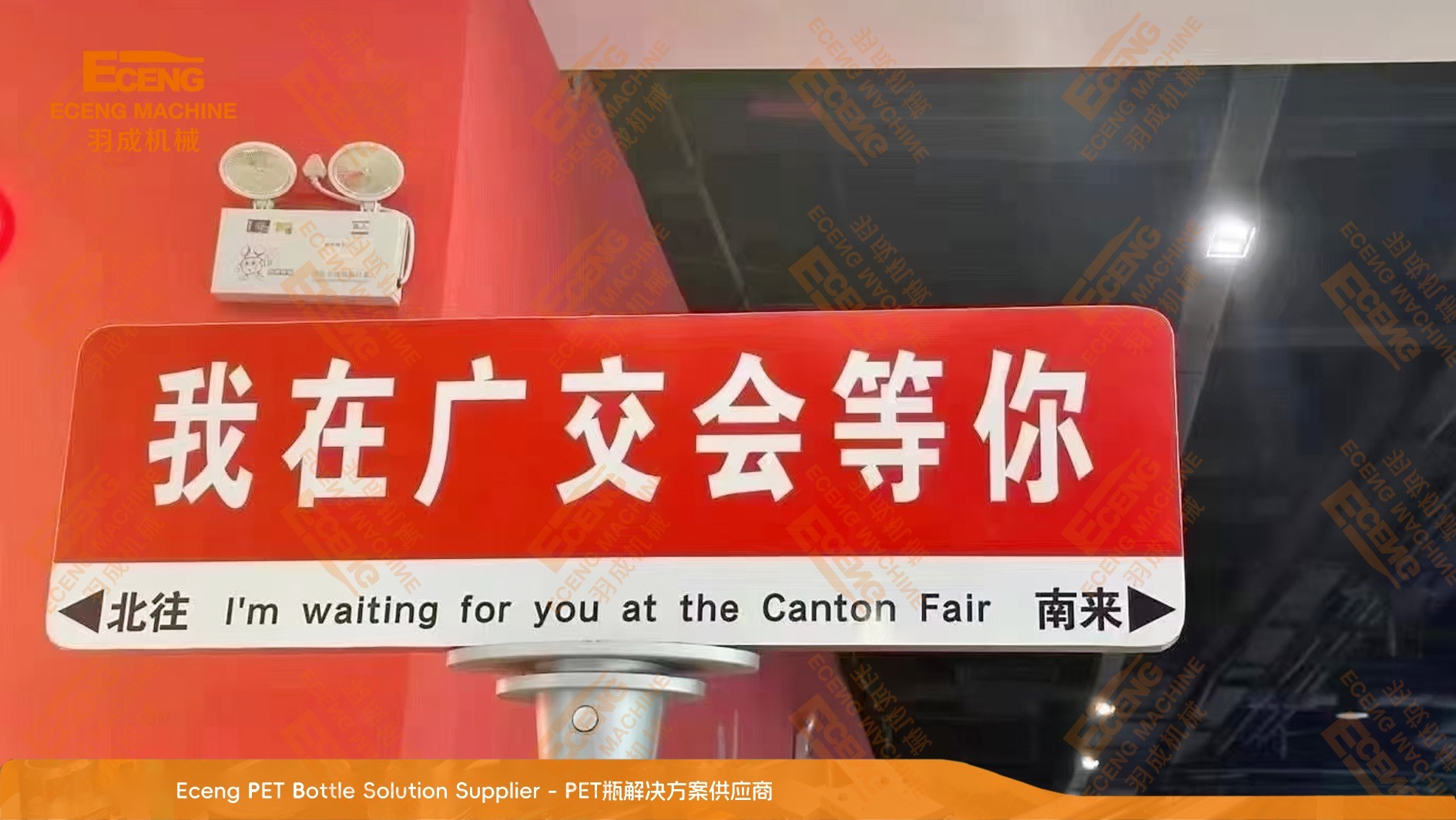Temperature issues in bottle blowing machines during production
Release time:
2024-04-09
The temperature issue of the bottle blowing machine during production has always been a concern for us, but if we cannot master the skills and methods well, it will affect our later use. Therefore, we might as well do the right job. Then let's make a brief analysis. (1) Melting temperature TM: For crystalline polymers, it refers to the temperature at which the three-dimensional long-range ordered state of the macromolecular chain structure transforms into a disordered viscous flow state, also known as the melting point. It is the lower limit of the molding processing temperature of crystalline polymers.
The temperature issue of the bottle blowing machine during production has always been a concern for us, but if we cannot master the skills and methods well, it will affect our later use. Therefore, we might as well do the right job. Then let's make a brief analysis.
(1) Melting temperature TM: For crystalline polymers, it refers to the temperature at which the three-dimensional long-range ordered state of the macromolecular chain structure transforms into a disordered viscous flow state, also known as the melting point. It is the lower limit of the molding processing temperature of crystalline polymers.
(2) Glass transition temperature TG: refers to the transition temperature of amorphous polymers (including the non-crystalline part of crystalline polymers) from glassy state to highly elastic state or from the latter to the former. It is the lowest temperature at which the macromolecular chain segments of amorphous polymers can move freely, and it is also the upper limit of the working temperature of the bottle blowing machine. >Aluminum plate spot welding machine

(3) No-flow temperature: The high temperature at which no flow occurs under a certain pressure. A certain amount of plastic is added to the barrel at the upper end of the die of the capillary rheometer, heated to a certain temperature, kept constant at the temperature for 10 minutes, and then a constant pressure of 50 MPA is applied. If the material does not flow out of the die, the material temperature is increased by 10 degrees after the pressure is released, and the temperature is kept constant for 10 minutes, and then the same constant pressure is applied again, and this is continued until the melt flows out of the die. The blow molding machine subtracts this temperature by 10 degrees, which is the no-flow temperature of the material.
(4) Flow temperature TF: refers to the temperature at which an amorphous polymer changes from a highly elastic state to a viscous flow state. It is the lower limit of the processing temperature of amorphous plastics.
(5) Decomposition temperature TD: refers to the temperature at which the molecular chain of a polymer in a viscous flow state degrades significantly as the temperature rises further.
When using the plastic bottle blowing machine, if you can master some operating methods and techniques, it will not only be beneficial to the use effect, but also increase its service life.
这里是标题一h1占位文字
Hot information

Get Best Quote:

Fenghuang Intelligent Industrial Park, No. 8 Jifu Road, Zhangjiagang City,Jiangsu , China

Pay attention to Eceng machinery
COOKIES
Our website uses cookies and similar technologies to personalize the advertising shown to you and to help you get the best experience on our website. For more information, see our Privacy & Cookie Policy
COOKIES
Our website uses cookies and similar technologies to personalize the advertising shown to you and to help you get the best experience on our website. For more information, see our Privacy & Cookie Policy
These cookies are necessary for basic functions such as payment. Standard cookies cannot be turned off and do not store any of your information.
These cookies collect information, such as how many people are using our site or which pages are popular, to help us improve the customer experience. Turning these cookies off will mean we can't collect information to improve your experience.
These cookies enable the website to provide enhanced functionality and personalization. They may be set by us or by third-party providers whose services we have added to our pages. If you do not allow these cookies, some or all of these services may not function properly.
These cookies help us understand what you are interested in so that we can show you relevant advertising on other websites. Turning these cookies off will mean we are unable to show you any personalized advertising.

Get Best Quote


